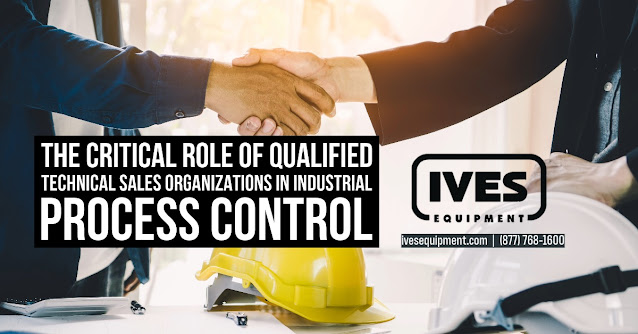4IR will bring about significant changes and innovations in industrial process control and instrumentation. Here are some key predictions for how these products and systems will evolve:
Enhanced connectivity: The proliferation of IIoT devices and smart sensors will enable real-time monitoring and control of industrial processes. This increased connectivity will allow seamless communication between machines, systems, and operators, improving efficiency, reducing downtime, and optimizing performance.
Advanced analytics and AI: Integrating AI and machine learning algorithms will revolutionize data analysis in industrial settings. These technologies will enable predictive maintenance, anomaly detection, and process optimization by analyzing vast amounts of data generated by sensors and control systems. This will result in improved decision-making, reduced costs, and increased productivity.
Cloud-based solutions: The adoption of cloud computing will continue to grow, allowing for the massive storage, processing, and analysis of industrial data. Cloud-based platforms will enable remote monitoring, control, and collaboration, making it easier for businesses to manage their operations worldwide.
Augmented and virtual reality: AR and VR technologies will play a significant role in industrial process control and instrumentation. These technologies will enable immersive training experiences, remote assistance, and real-time visualization of complex processes. This will enhance the skills of the workforce and improve overall operational efficiency.
Cybersecurity: As industrial systems become more connected and digitized, the importance of cybersecurity will continue to grow. Robust security measures, such as encryption, authentication, and network segmentation, will be crucial to protect industrial control systems from cyber threats and ensure the integrity of sensitive data.
Modular and flexible design: Industrial process control products and instrumentation will increasingly adopt modular and flexible designs to accommodate industries' rapidly changing needs. This will enable businesses to quickly adapt to new technologies, processes, and market demands, ensuring their competitiveness in the 4IR landscape.
As the Fourth Industrial Revolution unfolds, industrial process control and instrumentation will undergo significant transformations. The integration of advanced technologies, enhanced connectivity, and data-driven decision-making will reshape the way industries operate. Your role in embracing these changes and investing in the necessary technologies and skills is crucial. It will not only position your business to thrive in the 4IR era but also contribute to the overall progress and success of the industry.
Ives Equipmenthttps://ivesequipment.com
610-768-1600




